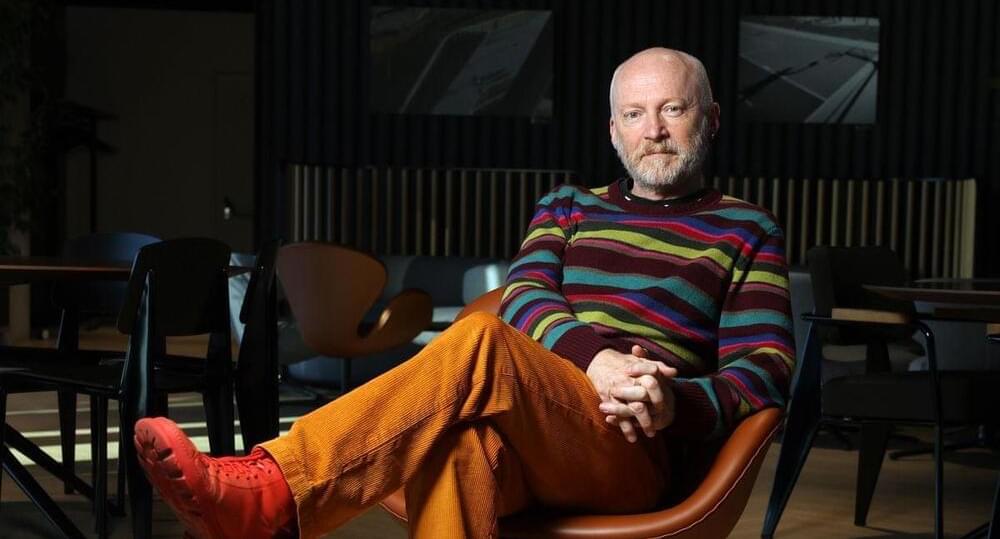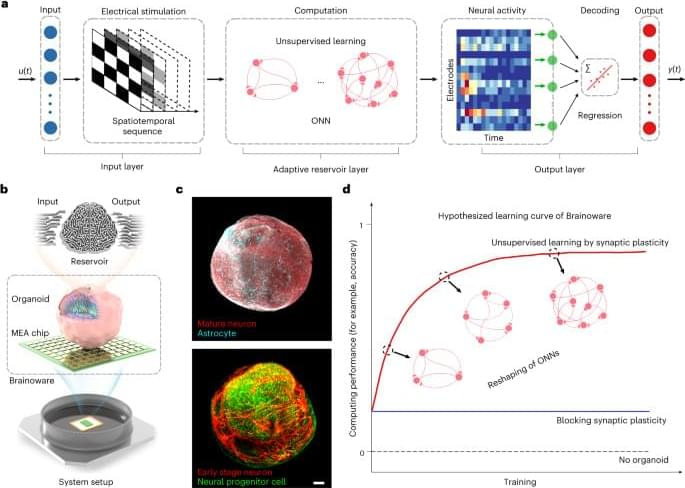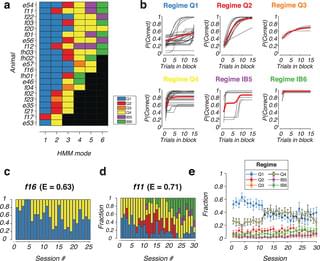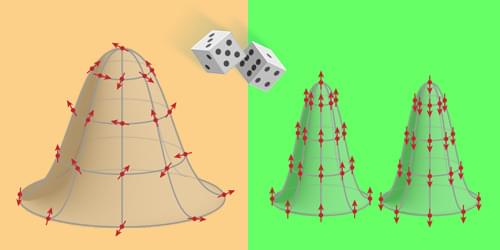Dec 12, 2023
OpenAI’s ‘Superintelligence’ Breakthrough Shakes the Foundations and Nearly Destroyed the Company
Posted by Dan Breeden in categories: information science, robotics/AI
In the ever-evolving landscape of artificial intelligence, a seismic shift is unfolding at OpenAI, and it involves more than just lines of code. The reported ‘superintelligence’ breakthrough has sent shockwaves through the company, pushing the boundaries of what we thought was possible and raising questions that extend far beyond the realm of algorithms.
Imagine a breakthrough so monumental that it threatens to dismantle the very fabric of the company that achieved it. OpenAI, the trailblazer in artificial intelligence, finds itself at a crossroads, dealing not only with technological advancement but also with the profound ethical and existential implications of its own creation – ‘superintelligence.’
The Breakthrough that Nearly Broke OpenAI: The Information’s revelation about a Generative AI breakthrough, capable of unleashing ‘superintelligence’ within this decade, sheds light on the internal disruption at OpenAI. Spearheaded by Chief Scientist Ilya Sutskever, the breakthrough challenges conventional AI training, allowing machines to solve problems they’ve never encountered by reasoning with cleaner and computer-generated data.

















